Samoyed - Dog Breed Info & Size
22.04.2020.
Samoyed breed is a very fluffy and teddy bear-like dog breed. Originally, these dogs were bred for hunting purposes but also to haul sleds and herd reindeer. These dogs were all-purpose dogs and were extremely valuable to the people that originally bred them.
Samoyed breed first came to life in the region of northern Russia, to be more specific - Siberia. They had to be able to work in the harshest of weather conditions, and they developed a thick double coat that keeps them insulated from the extreme Siberian weather.
Origin of the name
This lovely companion breed was named after the Samoyede people that lived in Siberia. The Samoyede are an ethnic group of tightly related people whose main languages were the Samoyedic and are part of the Uralic family. Their name comes from an old name for the native people of Siberia.
Samoyed breed proved to be a valuable companion and a great worker for the northwestern Samoyede tribes. Some of the duties this dog breed was trusted with are pack hiking and tracking and their owners used them as living heaters as these dogs were sleeping on top of them during the night.
These dogs are intelligent, gentle, and very loyal. They are extremely friendly and lovable with their family, especially with the kids, as they feel the need to be a part of all family activities.
These dogs are not loners, and they enjoy having close and personal relationship with their families. They are mentally and physically not built for being alone. Their main characteristics are loyalty and alertness, which makes them great watchdogs.
This breed is a natural hunter. They will most likely chase smaller animals that they can perceive as prey. A good idea is to always walk them on a leash unless they are in a fenced yard.
Their temperament can be influenced by many factors such as heredity, training, and socialization. Puppies of this dog breed usually have great temperaments and are usually very curious and playful. They are willing to approach strangers and even agree to be held by them. When trying to choose a puppy for your family, try to go for the middle character in a puppy.
A good way to notice this is to ask the breeder questions and observe this puppy’s behavior and make sure that the puppy isn’t being dominant towards other littermates or that it is not the puppy that is hiding somewhere.
This is a dog breed that belongs to the Spitz family of dog breeds and Samoyeds are relatively “new”. The breed as we know it today was bred in the 19th century and their main ancestor was a Russian Laika-type dog. The original Samoyed dogs were bigger, sturdier, and better-working dogs than the modern breed we know. The modern Samoyeds are mainly companion dogs and one of the most popular dog breeds. However, there are slight differences between the FCI breed standard and the AKC breed standard which we will see now.
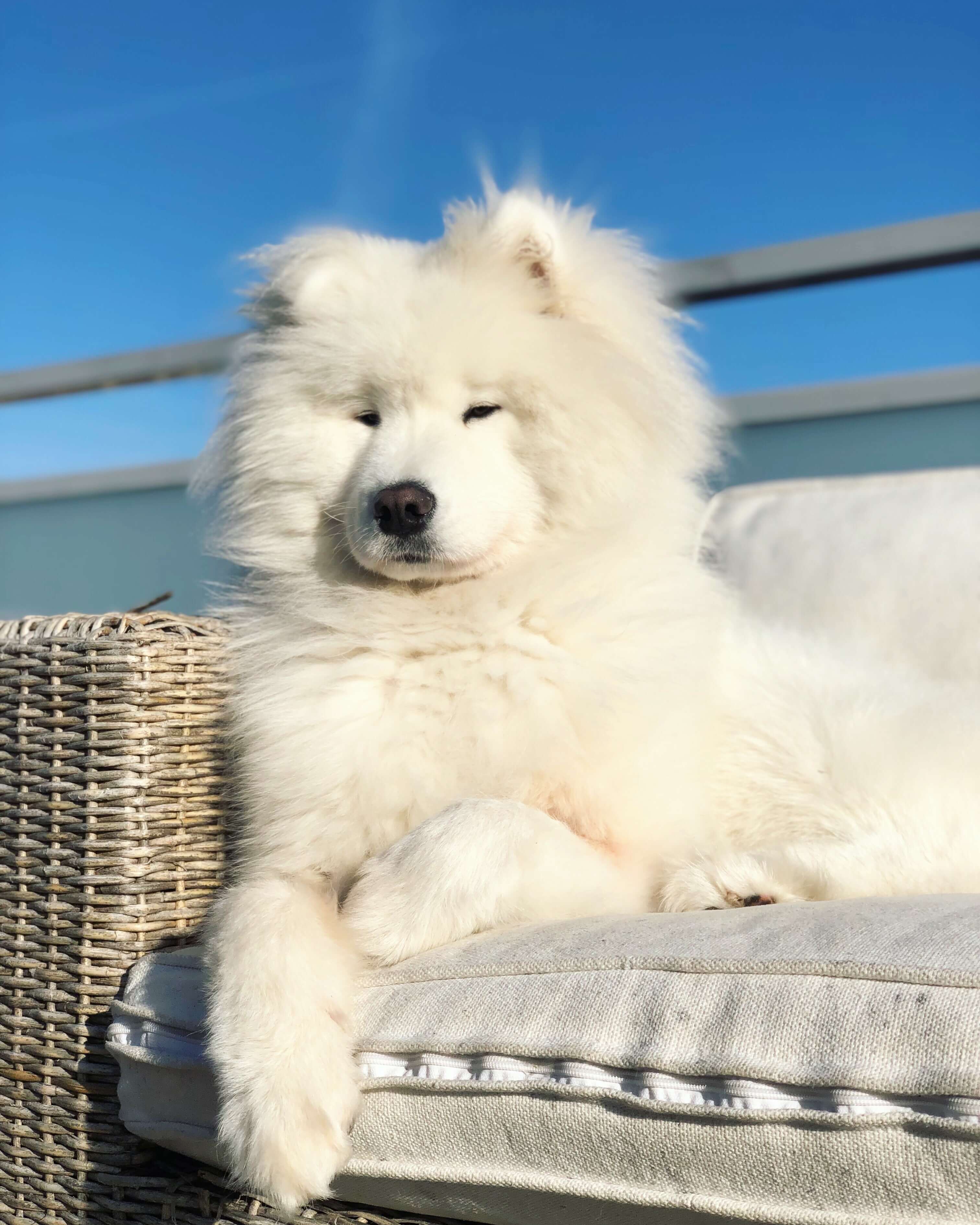
The FCI and the AKC Samoyed standard
The FCI or the Fédération Cynologique Internationale is the main cynological authority that many countries recognize. It is a union of kennel clubs around the world and they are based in Belgium, in the city of Thuin.
The AKC or the American Kennel Club is in charge of keeping a full registry of purebred dogs and their pedigrees in the United States of America. It is not their only job, but this kennel club is also in charge of organizing, promoting, and sanctioning purebred dog events such as the Westminster Kennel Club Dog Show and other national events of that nature. The American Kennel Club is not a part of the FCI (Fédération Cynologique Internationale).
They have standards for all the dog breeds that are officially recognized and should be in charge of preserving that standards.
They also have a standard for the Samoyed, and in short, this standard describes these dogs as medium-sized and elegant spitz-type dogs that appear to be powerful, have great endurance, and charm, and are dignified and self-confident. They also state that the difference between sexes should be clear and obvious.
Both the FCI and the AKC agree on this description, and there isn’t much difference in their introductions for the breed standard.
Sammy smile
They also have a definition of a “Samoyed Smile,” and they mention that it consists of a specific eye and mouth positioning while the rest of us just think that Samoyed smile. AKC even said that there is a specific sparkle in the dog’s eyes and you get a profound feeling that the dog is happy and is trying to express it.
Breed size
The FCI standard also states that their body length is approximately 5% bigger than their wither height and they say that the depth of their bodies is just a little bit less than the half-length of the withers.
FCI states that their height should ideally be 57 centimeters for the males and 53 centimeters for the females. Both sexes have a tolerance of 3 centimeters. The AKC stated that the average height is 2 cm shorter for the males and is somewhere in the range of 53 to a maximum of 60 centimeters and females should be in the range of 48 to 53 centimeters.
Sammy color
When thinking about these dogs we always imagine them being pure, snow-white colored and it certainly is one of their most distinctive features. They have a thick luscious coat that is soft and should be well-groomed. However, Samoyed colors can be a bit different, and it isn’t a problem if there are different shades of colors in their coat.
The FCI wrote that this dog breed is allowed to be pure white, cream, or white with a biscuit shade. The color white is dominant, and other colors come in shades that are tangled with the mainly white coat. AKC agrees with that but adds that Samoyeds can also be mainly biscuit colored.
Both standards state that all other colors are disqualified and that different-colored dogs should not be used for breeding.
Both of these institutions played a large role in the history of all dog breeds and are a huge part of cynology around the world. If you are interested in becoming a new dog owner you should get acquainted with these two big institutions. You can also check the full breed standard on their official websites.
World Dog Finder team

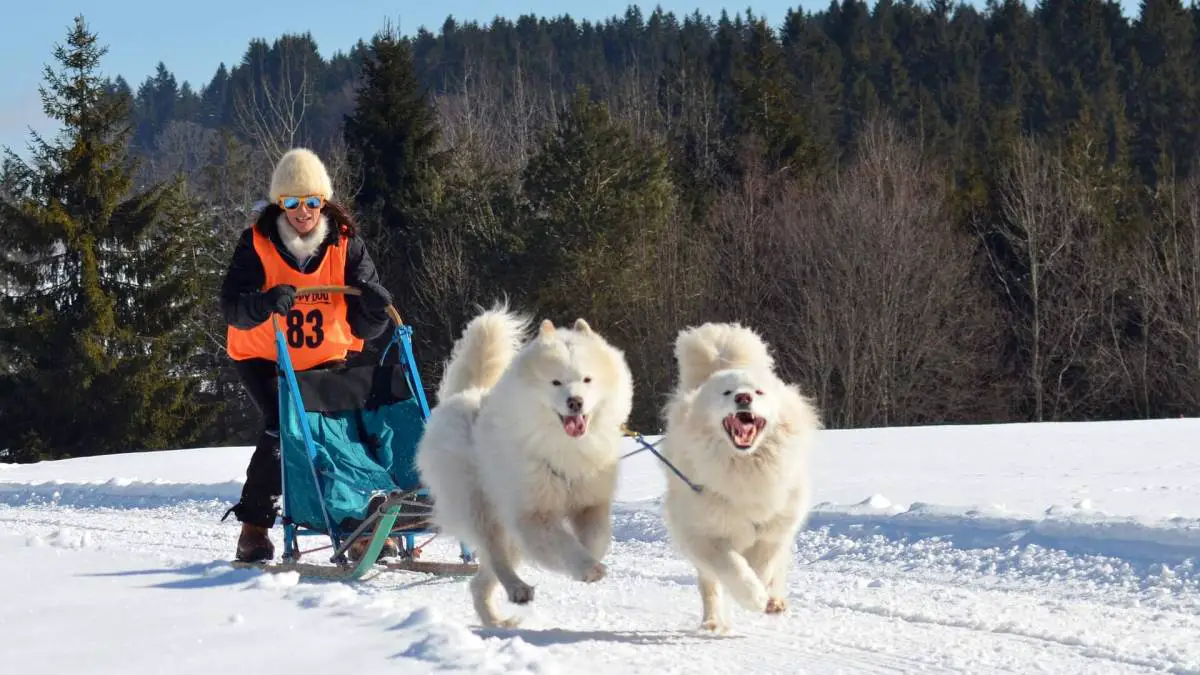
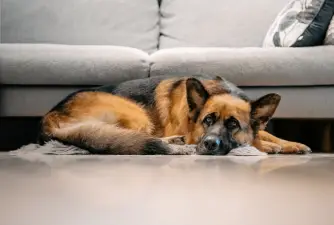
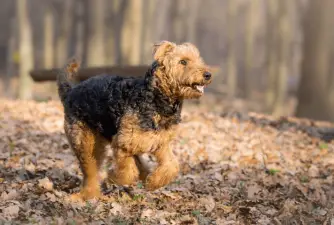
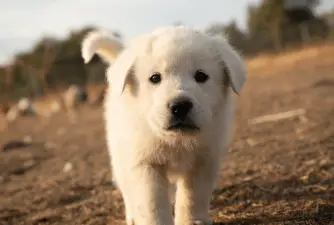


Share